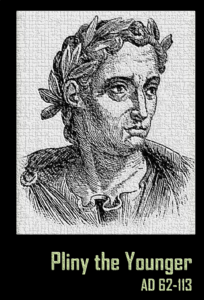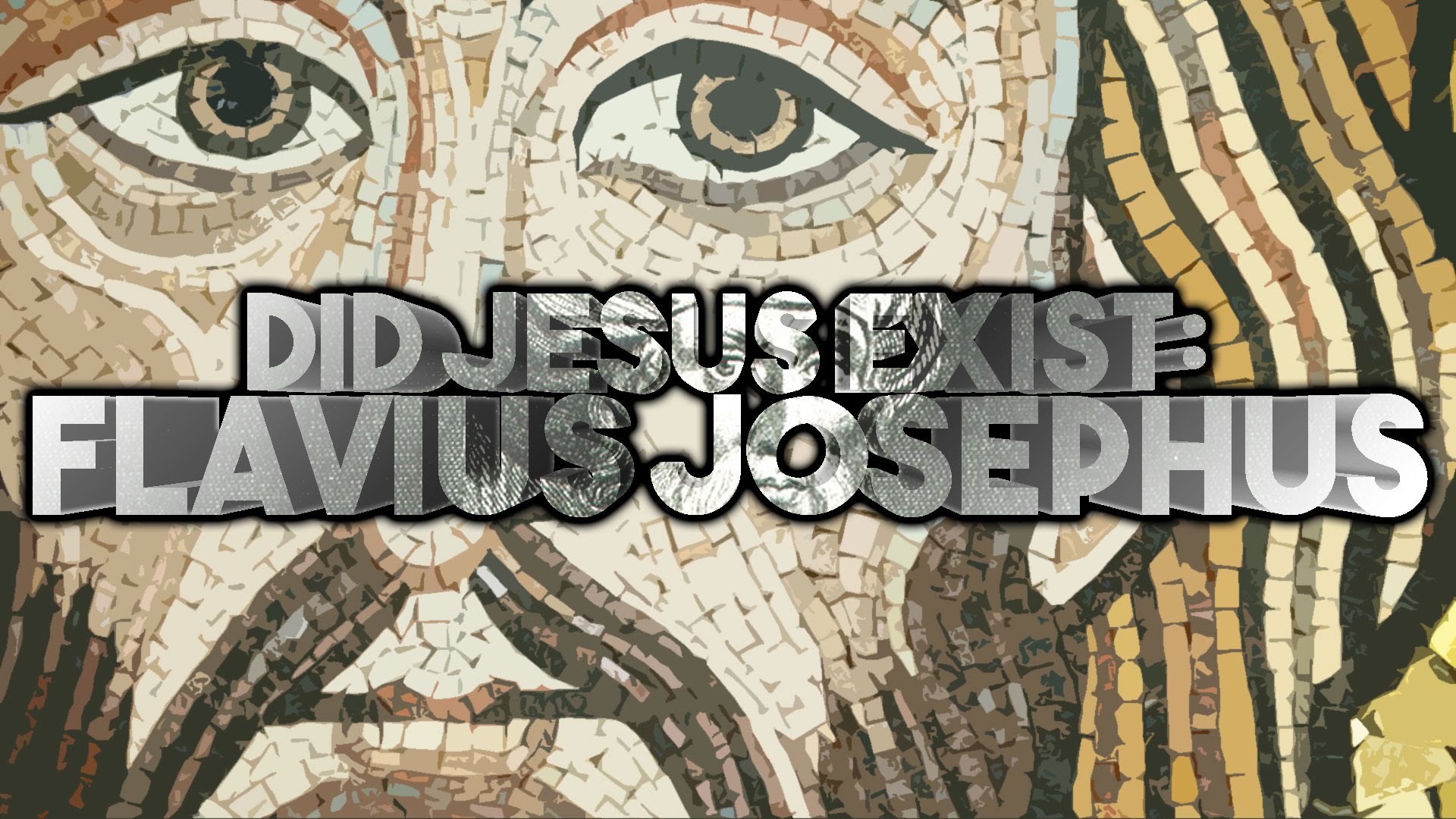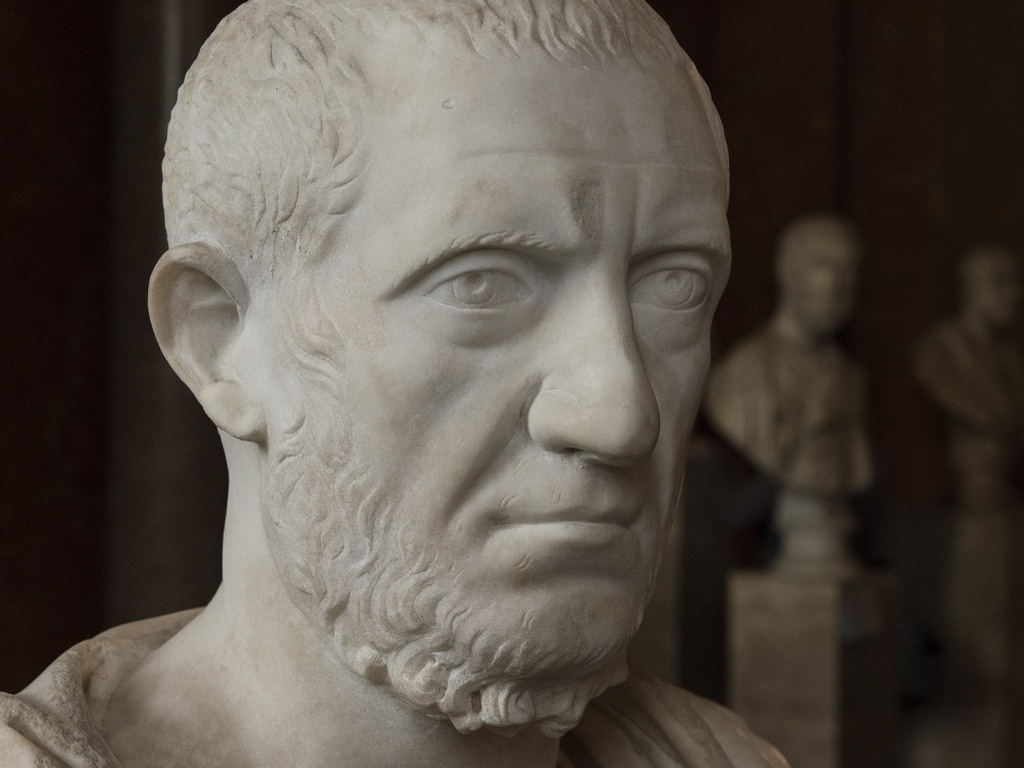
Matthew and Luke are the only two Gospel writers who include an infancy narrative in their biographies of Jesus. According to the most widely accepted theory about how the Gospels were composed, Matthew and Luke wrote independently of one another. That is, Matthew did not have a copy of Luke’s Gospel on his desk when writing his Gospel, as it were, and vice versa.
Having said that, it is amazing that these two birth narratives almost never cover the same events! But in the few instances that they do, they are in agreement. The famous biblical scholar Father Raymond Brown pointed out eleven points (reproduced in Monette, The Wrong Jesus, pp. 108-109) at which Matthew and Luke’s accounts are in accord with one another:
1. Mary and Joseph are legally engaged but haven’t lived together (see Matthew 1:18; Luke 1:27,34).
2. Joseph is from King David’s lineage (see Matthew 1:16,20; Luke 1:27,32; 2:4).
3. Angels announce the forthcoming birth of the baby (see Matthew 1:20-23; Luke 1:30-35).
4. Mary becomes pregnant as a virgin (see Matthew 1:20,23,25; Luke 1:34).
5. The child is conceived through the work of the Holy Spirit (see Matthew 1:18,20; Luke 1:35).
6. An angel proclaims that the child’s name will be Jesus (see Matthew 1:21; Luke 1:31).
7. An angel states that Jesus is to be the Saviour (see Matthew 1:21; Luke 2:11).
8. The birth of Jesus happens after Mary and Joseph began living together as spouses (see Matthew 1:24-25; Luke 2:5-6).
9. Jesus is born in Bethlehem (see Matthew 2:1; Luke 2:4-6).
10. Herod the Great is in power during the time of the birth of Jesus (see Matthew 2:1; Luke 1:5).
11. Jesus is raised in Nazareth (see Matthew 2:23; Luke 2:39).
The fact that these two independent sources on Jesus’ infancy are in agreement on all these major details gives us greater confidence that we can trust these accounts.


 During the Christmas and Easter seasons in particular, many skeptics appear in the media who insist that these celebrations are meaningless, because Jesus never actually existed. How can we respond?
During the Christmas and Easter seasons in particular, many skeptics appear in the media who insist that these celebrations are meaningless, because Jesus never actually existed. How can we respond? Pliny the Younger is another valuable historical source for information on Jesus and the early Church. Pliny was the governor of the Roman province of Bithynia, located in Asia Minor. In the year 112 AD, he wrote to the Emperor Trajan, asking how he should deal with those in his region who have been accused of being Christians.
Pliny the Younger is another valuable historical source for information on Jesus and the early Church. Pliny was the governor of the Roman province of Bithynia, located in Asia Minor. In the year 112 AD, he wrote to the Emperor Trajan, asking how he should deal with those in his region who have been accused of being Christians.


